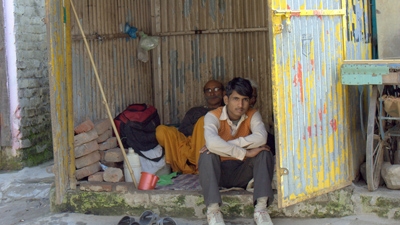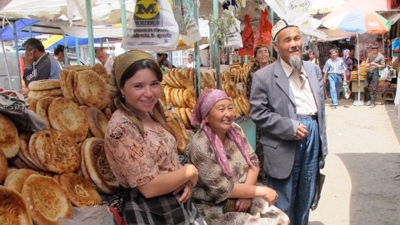With 5 million people moving to cities every month, urban poverty is an increasingly complex problem for policy makers around the world. At the World Bank Group, urban experts are looking at innovative ways to help cities reduce poverty and include the urban poor in the opportunities offered by growing cities.
“In the past, our work on inclusive cities has primarily focused on slum upgrading, the ‘bricks and mortar’ interventions, to deliver infrastructure and improve services,” said Sameh Wahba, acting director for the Bank’s Urban and Disaster Risk Management Department. “But with the rapid growth of cities, it’s clear that it’s not enough to just go fix existing slums – cities need to plan for a growing population and deliver affordable housing to prevent new slums from forming.”
“We can’t continue to run after the problem to solve it,” he said. “We need to get in front of it. In other words, couple the curative with the preventive.”
Exclusion Exacerbates Poverty
At a recent workshop, urban specialists looked at ways to better prepare for the historic influx of migrant families and the huge spatial transformation underway in cities around the globe.
In Sub-Saharan Africa, 200 million people were living in slums in 2010, nearly 62 percent of the region’s urban population, according to estimates by UN-Habitat.
Exclusion from society – the focus of the workshop and the case in nearly all slums – only serves to make poverty worse, said Luis Bettencourt, a professor of complex systems at the Santa Fe Institute.
It’s difficult to hold a job or raise healthy children without access to water, transportation, and sanitation. And the few informal settlements that do have access to basic services often pay nine or 10 times more than other utility customers, he said.


